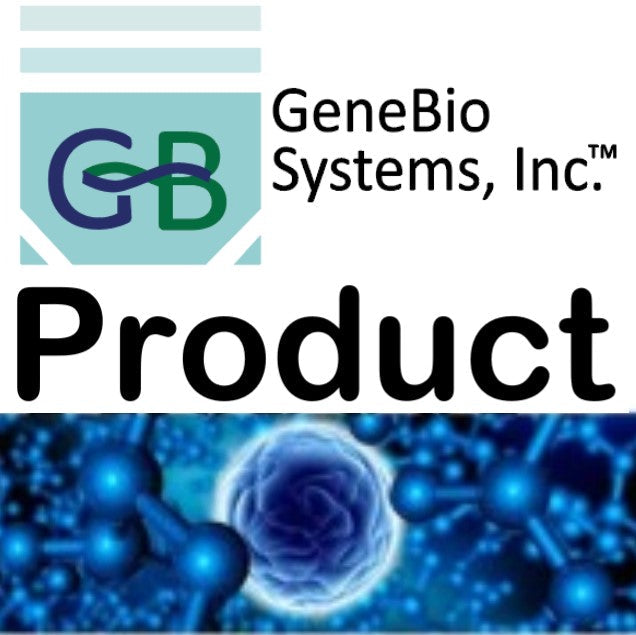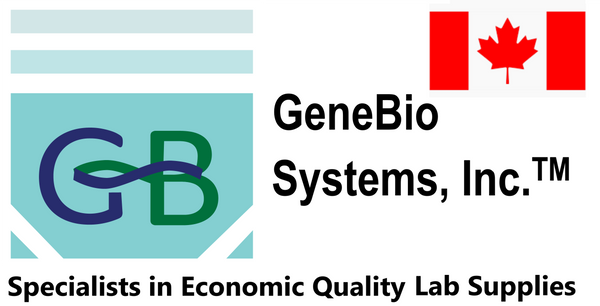Gene Bio Systems
Recombinant Human Exportin-2(CSE1L),partial
Recombinant Human Exportin-2(CSE1L),partial
SKU:CSB-CF006042HU
Couldn't load pickup availability
Size: 10ug. Other sizes are also available. Please Inquire.
In Stock: No
Lead time: 15-20 working days
Research Topic: Cell Biology
Uniprot ID: P55060
Gene Names: CSE1L
Organism: Homo sapiens(Human)
AA Sequence: MELSDANLQTLTEYLKKTLDPDPAIRRPAEKFLESVEGNQNYPLLLLTLLEKSQDNVIKVCASVTFKNYIKRNWRIVEDEPNKICEADRVAIKANIVHLMLSSPEQIQKQLSDAISIIGREDFPQKWPDLLTEMVNRFQSGDFHVINGVLRTAHSLFKRYRHEFKSNELWTEIKLVLDAFALPLTNLFKATIELCSTHAN
Expression Region: 1-200aa
Sequence Info: Partial
Source: in vitro E.coli expression system
Tag Info: N-terminal 6xHis-SUMO-tagged
MW: 39.1 kDa
Alternative Name(s): Cellular apoptosis susceptibility protein Chromosome segregation 1-like protein Importin-alpha re-exporter
Relevance: Export receptor for importin-alpha. Mediates importin-alpha re-export from the nucleus to the cytoplasm after import substrates (cargos) have been released into the nucleoplasm. In the nucleus binds cooperatively to importin-alpha and to the GTPase Ran in its active GTP-bound form. Docking of this trimeric complex to the nuclear pore complex (NPC) is mediated through binding to nucleoporins. Upon transit of a nuclear export complex into the cytoplasm, disassembling of the complex and hydrolysis of Ran-GTP to Ran-GDP (induced by RANBP1 and RANGAP1, respectively) cause release of the importin-alpha from the export receptor. CSE1L/XPO2 then return to the nuclear compartment and mediate another round of transport. The directionality of nuclear export is thought to be conferred by an asymmetric distribution of the GTP- and GDP-bound forms of Ran between the cytoplasm and nucleus
Reference: "Tissue-specific alternative splicing of the CSE1L/CAS (cellular apoptosis susceptibility) gene."Brinkmann U., Brinkmann E., Bera T.K., Wellmann A., Pastan I.Genomics 58:41-49(1999)
Purity: Greater than 90% as determined by SDS-PAGE.
Storage Buffer: Tris-based buffer,50% glycerol
Storage: The shelf life is related to many factors, storage state, buffer ingredients, storage temperature and the stability of the protein itself. Generally, the shelf life of liquid form is 6 months at -20℃/-80℃. The shelf life of lyophilized form is 12 months at -20℃/-80℃.
Notes: Repeated freezing and thawing is not recommended. Store working aliquots at 4℃ for up to one week.


